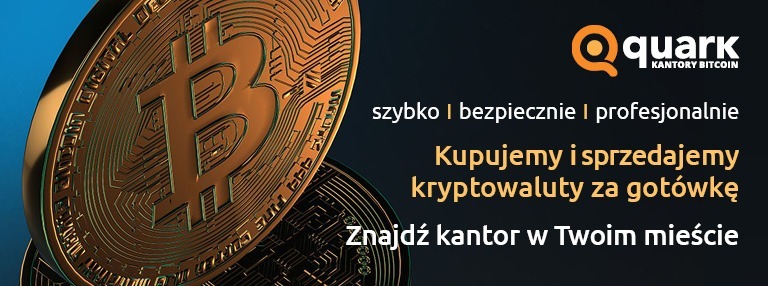
The Bitcoin network is experiencing a significant increase in its computational power, reaching a historic high. This growth comes several months before a key event in the cryptocurrency world – the Bitcoin halving. This event, which occurs every four years, involves reducing the rewards for miners, which in turn affects the entire cryptocurrency economy. In light of this upcoming event, it is worth examining how the current changes in the network may affect the future of Bitcoin.
The Bitcoin network, the oldest and most well-known cryptocurrency in the world, recently reached a new record in its computational power. Data from Blockchain.com indicates that the total computational power (hash rate) of the Bitcoin network has increased to 491 exahashes per second. This means that worldwide, machines mining Bitcoin are now performing 491 quintillion hash calculations per second.
Hash rate is a measure of the computational power used in the network per second. The higher this value, the more difficult it is for potential attackers to take control of over 50% of the Bitcoin network. An increase in computational power also means an increase in mining activity, as miners expand their operations and use more machines to maximize profits.
Hash calculations, or hashing, is the process of transforming data into a string of characters of a fixed length. This is essential for performing various actions in the Bitcoin network, such as creating private keys that enable transactions.
A higher hash rate makes it more difficult for attacks on the network, as a malicious attacker would need to acquire sufficient computational power from machines to match the current hash rate and disrupt the network’s operations. This is a costly and energy-intensive process.
The increasing hash rate also means an increase in energy demand, leading to the need for more advanced mining devices. This can result in higher costs for miners and increased energy consumption – an aspect for which Bitcoin has often been criticized.
In light of the upcoming halving, which is set to occur in April of next year, miners are investing in more efficient machines, contributing to the increase in computational power. The halving, which is part of the Bitcoin protocol, aims to control BTC inflation by reducing the rewards for miners every four years.
With each halving, the amount of newly mined Bitcoin is reduced by half, which decreases the BTC supply available on the market. If the past is any indicator, this reduction in supply can lead to an increase in demand for existing Bitcoins. Of the 21 million coins possible to mine, just over 19.5 million are currently in circulation.
In the context of the approaching halving, we are therefore witnessing a paradoxical phenomenon: although rewards for miners are to be reduced, their activities intensify, demonstrating the community’s strong commitment to the future of Bitcoin. This event, being both a challenge and an opportunity, may have a significant impact on the further development and stability of this cryptocurrency.
